In the September 21st newsletter, I introduced "The Hidden Gem Series" with "The Silent Beauty of Comacchio," showcasing places I’ve uncovered during my travels across Italy. Today, I’m excited to present another cultural gem: "Il Piccolo Museo del Diario," or "The Little Museum of Diaries."
Tucked within the historic Palazzo Pretorio in the small village of Pieve Santo Stefano, about 70 kilometers east of Florence, this museum is a true treasure. In 1984, Saverio Tutino began gathering memories from everyday people, preserving their stories unfiltered—autobiographies, stories, letters, and diaries, all free from the influence of rhetoric, with a clearer view of the world we live in. Building the museum had its challenges, with few believing in the idea. Yet, through perseverance and sacrifice, it eventually came to life and became what it is today.
We now find some 10,000 stories stored within these walls. As a storyteller, I found it completely absorbing when I visited it along with my girlfriend, Emi. There’s something uniquely compelling about reading the words of ordinary people. Everyone has a story, though only a few ever share it—and that’s what makes this museum special. I wanted to read every letter, every story.
These stories often carry a depth that makes them intimate and immersive. It is a tribute to the written word, valued regardless of format or style, providing an opportunity for people with no literary background, with little education, but with a desire to share their experiences, to have their work preserved and accessible for others to read.
There is the story of a Sicilian farm laborer who locked himself in his room every day, from 1968 to 1975, without explaining to anyone, and, battling his own semi-illiteracy, typed his autobiography on an old Olivetti typewriter. He wrote 1,027 pages with zero line spacing, leaving not a centimeter of top, bottom, or side margin, in an effort to recount his "mistreated, very troubled, and very despised" life. Now published as a nonfiction novel, Terra Matta. Emi read it recently and describes it as a true testament to how World War I was experienced from within—very different from history books. Reading it, she says, feels like listening to your grandfather telling the story in his own words, preserving details that would have been softened or lost if it had gone through a commercial publishing process.
Another standout story is that of Clelia Marchi, an Italian farmer from Lombardy, who wrote her life story on a bed sheet after her husband passed away. Lacking paper, she poured her memories onto the fabric, expressing her love for her husband and life in rural Italy. The bed sheet, which was folded and stored for years before being exposed at the museum, is more than a literary document; it’s a work of art and a testament to Clelia’s desire to remember and be remembered.
The museum unfolds across several sections. The archives store the vast collection, while the exhibition area showcases select pieces. There is a study room filled with original medieval furniture. The exhibits are innovative, using immersive and interactive displays. For example, words or sentences will light up on the walls, as if leaving their shelves at night to seek out similar stories, creating an interactive effect between different works of literature.
Many renowned writers and screenwriters from around the world visit the museum for inspiration for their next book or film. We spent hours leisurely reading and sharing passages from these stories, each one a testament to real lives lived.
I left with a promise to return, to spend a few days simply savouring more of the very personal stories

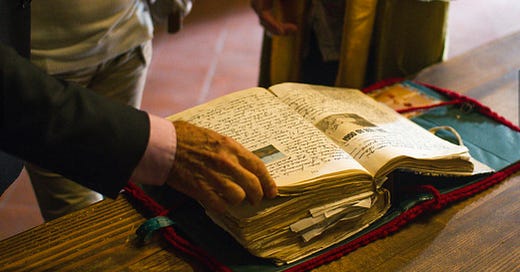


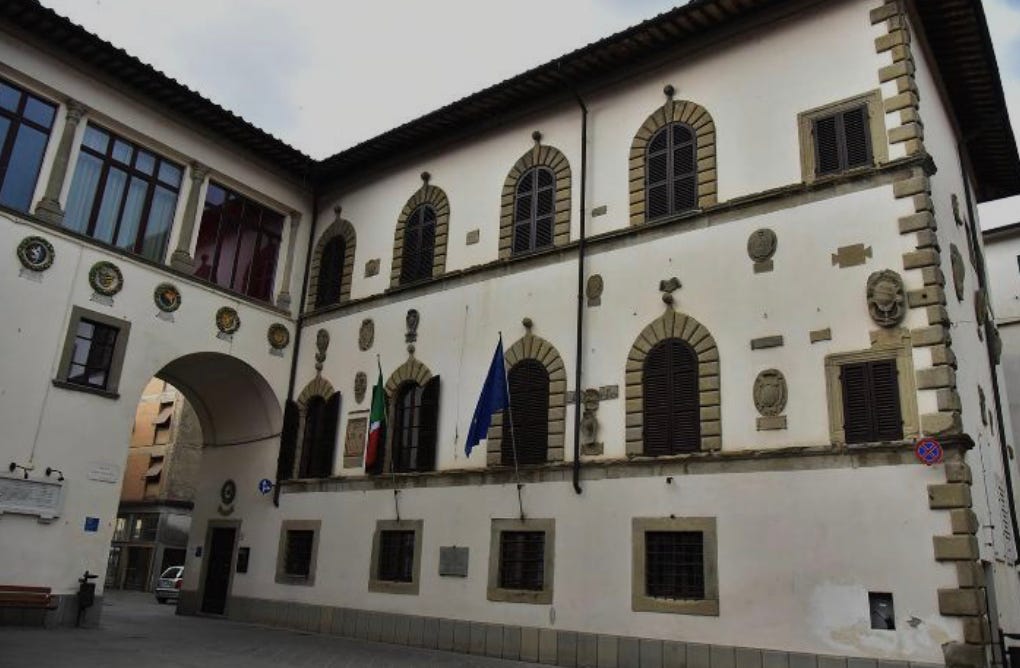



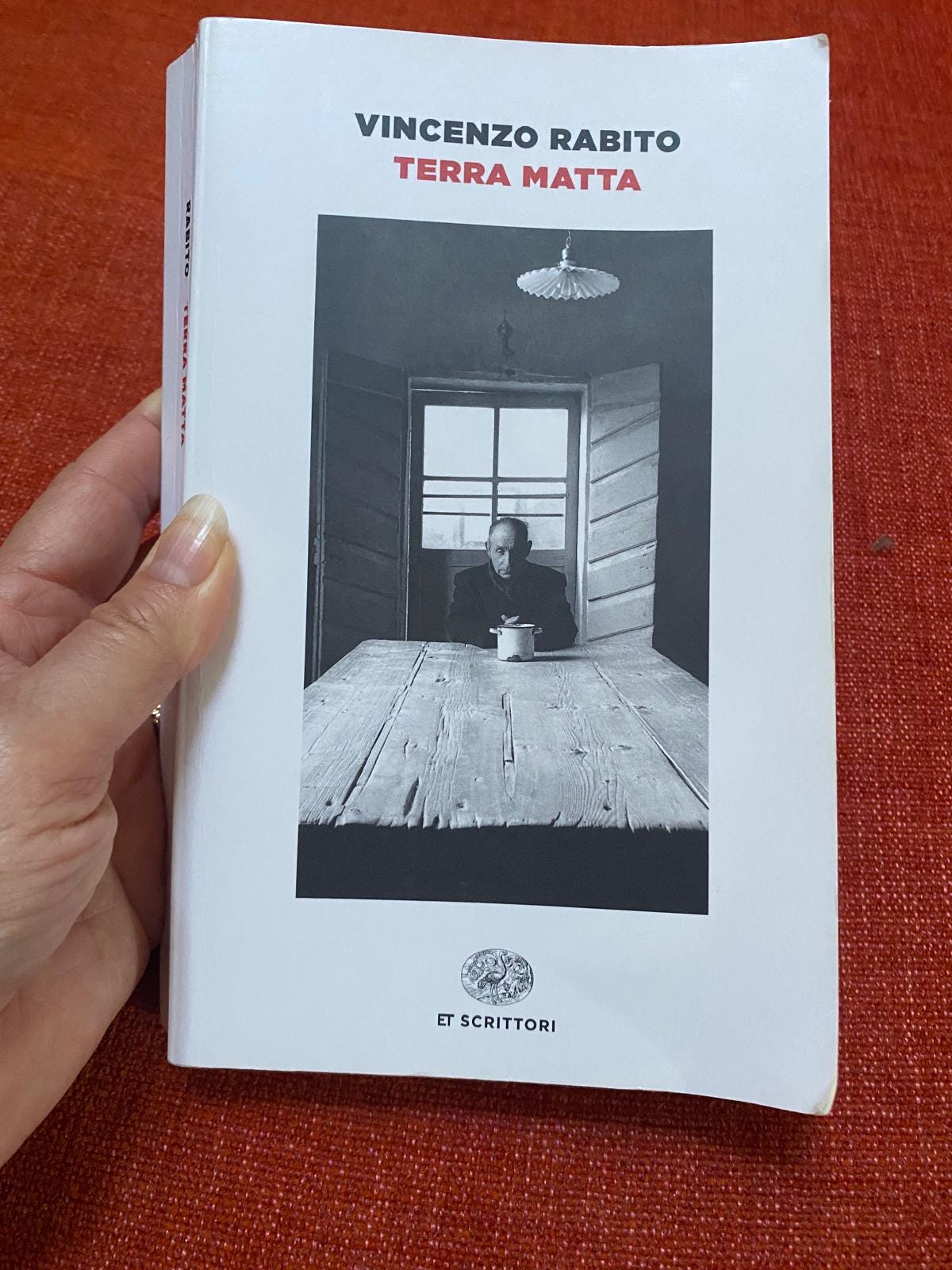
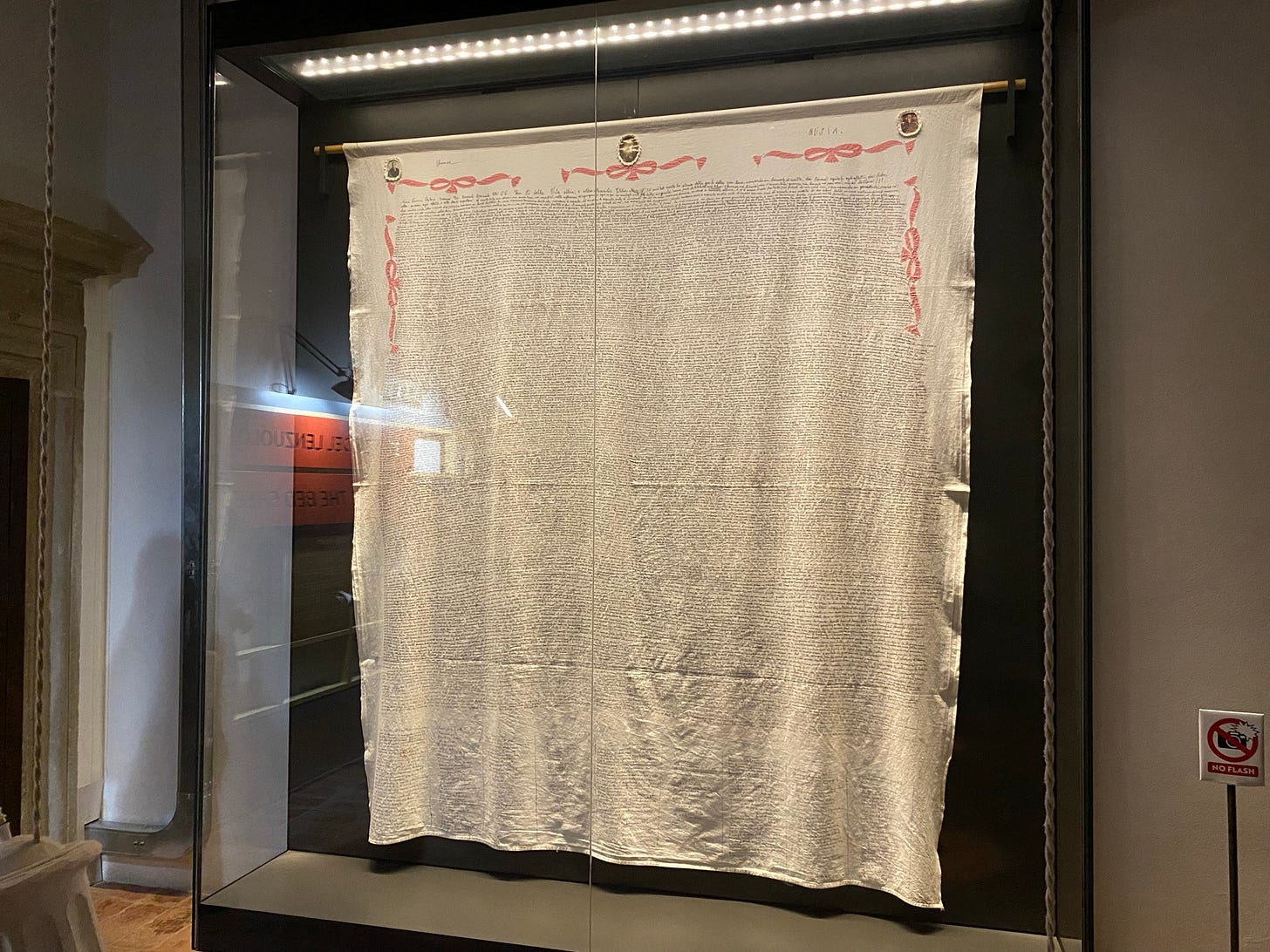
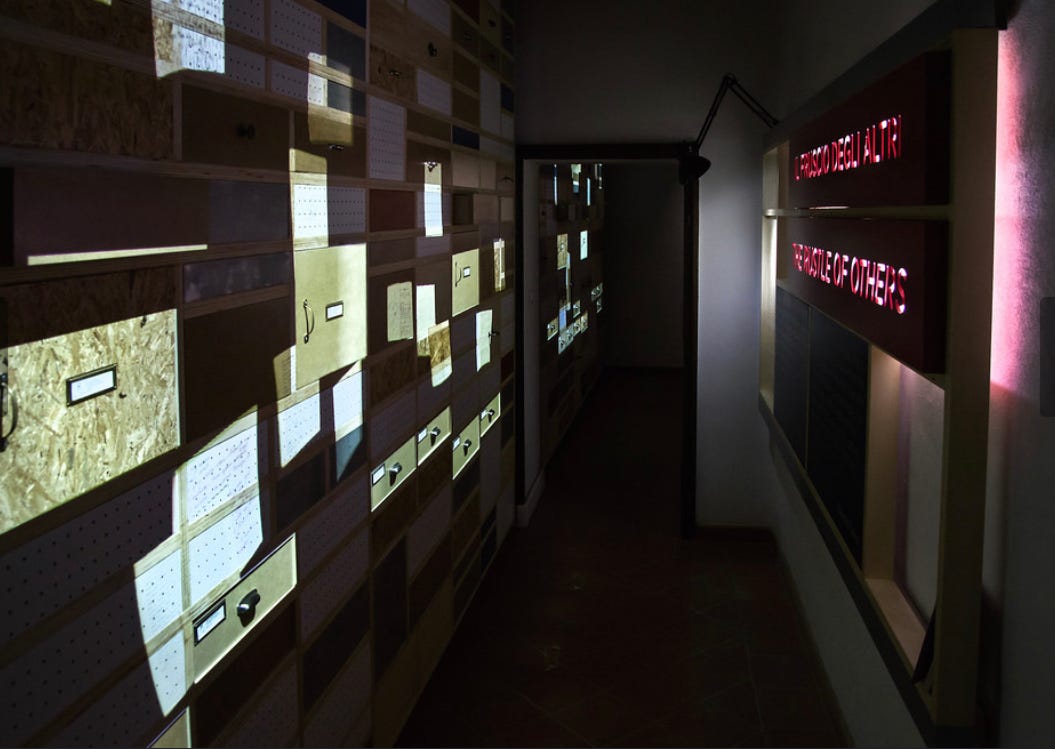
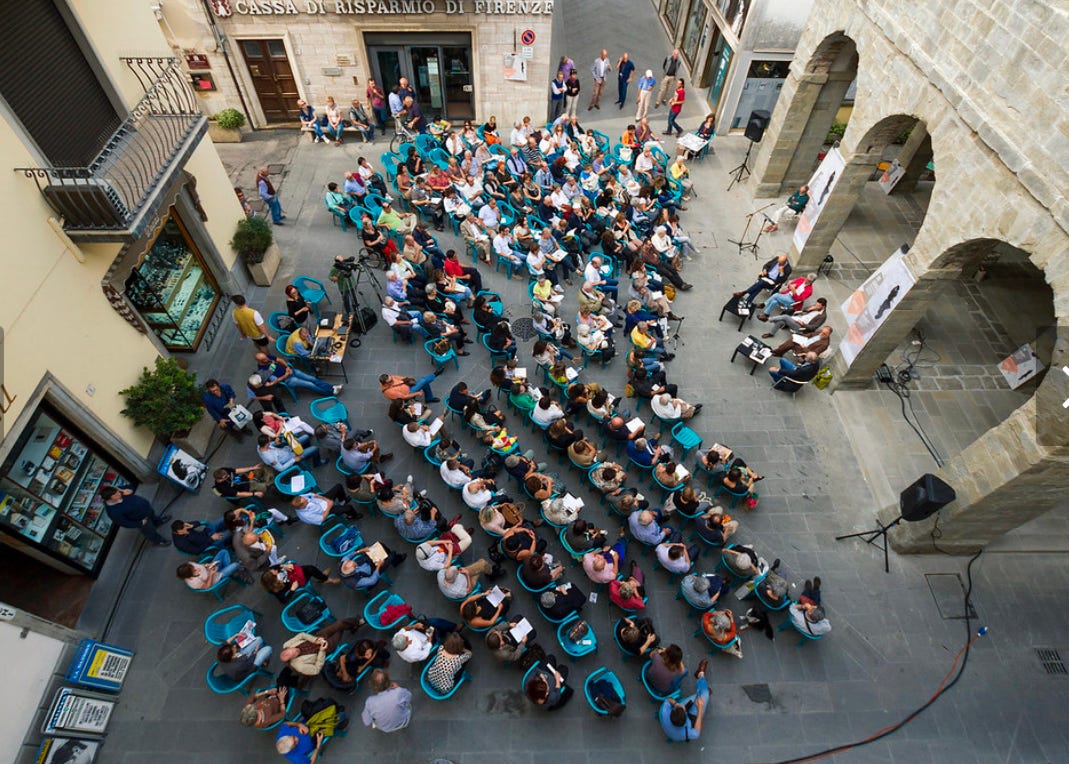


Je suis convaincu que si plusieurs de ces manuscrits étaient publiés, ce serait des best seller.
Un endroit unique……
Encore une fois très intéressant
Wow,,what a fabulous place to visit, unfortunately I can’t read a lot of Italian, only those words that looks a bit like English. Storytelling about one’s life should be a must for every one. Particularly today as no one writes letters so a lot of history is lost. I have written both mine and my husbands life stories, plus put together the lives of all of my ancestors. I figured it was all very well to have bits and pieces of paper, but to have everything as one document for each family was far better. And not only to have them on the computer or CD’s but printed out or made into a book. I guess our family will appreciate it one day when we aren’t here to answer questions. Thank you for sharing this today Tino.